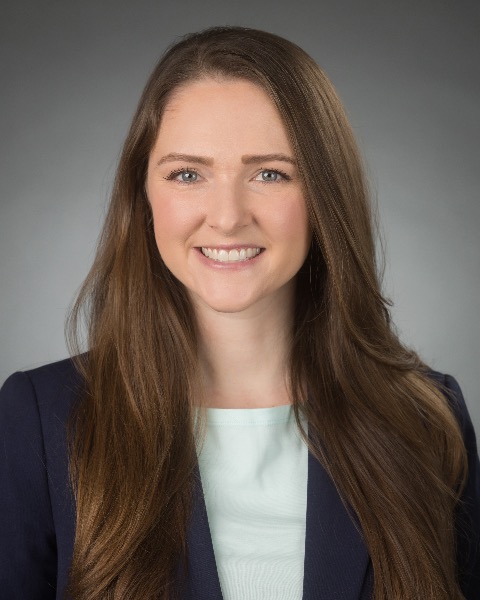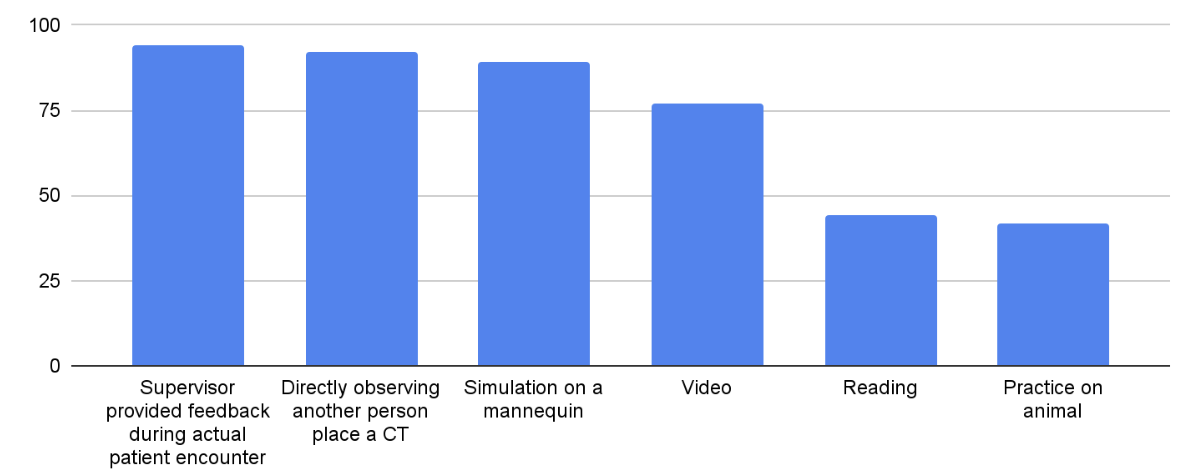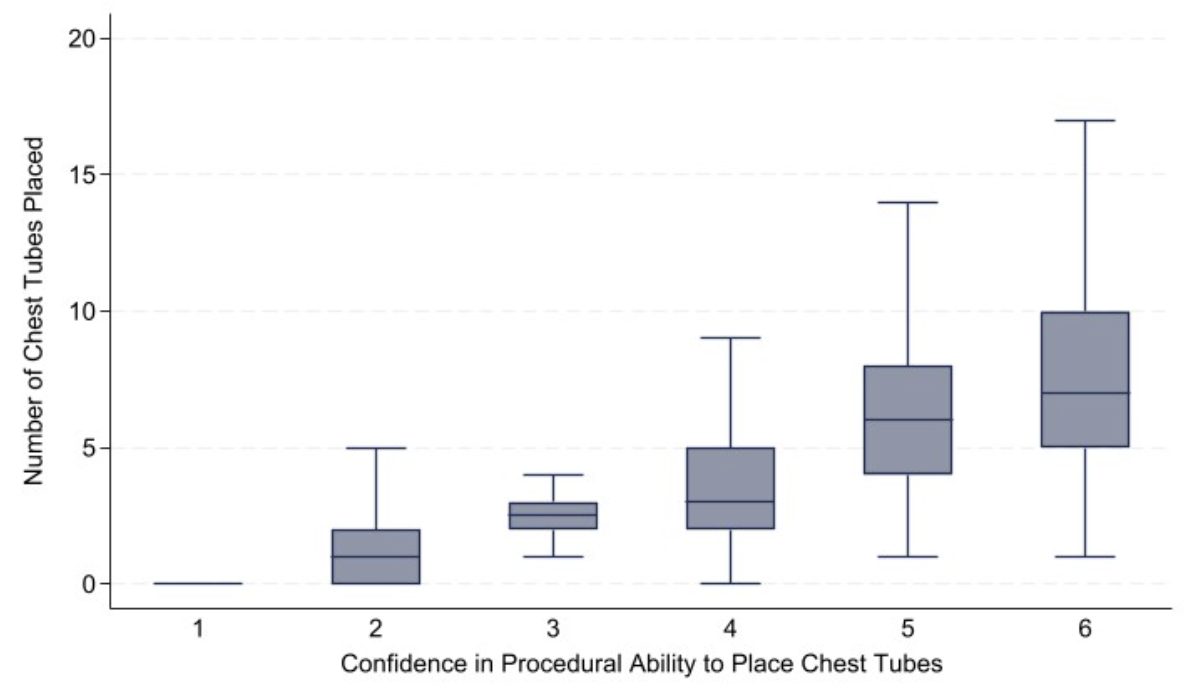Medical Education 5: Procedures and Simulation
Session: Medical Education 5: Procedures and Simulation
238 - Procedural Experience in Chest Tube (CT) Placement: A National Needs Assessment for Neonatal-Perinatal Medicine (NPM) Fellows
Saturday, April 26, 2025
2:30pm - 4:45pm HST
Publication Number: 238.6161
Mary T. Crume, University of Texas Southwestern Medical School, Lewisville, TX, United States; Mark R. Castera, Boston University School of Medicine, Boston, MA, United States; Aashika Janwadkar, John H Stroger Hospital of Cook County, Chicago, IL, United States; Bailey Zeiler, Texas Tech University Health Sciences Center School of Medicine, Lubbock, TX, United States; Amanda A. Wanous, University of Michigan Medical School, Ann Arbor, MI, United States; Shoshana Newman-Lindsay, University of California Davis Children's Hospital, Sacramento, CA, United States; Abdul Wasay Khan, Northwestern University The Feinberg School of Medicine, Chicago, IL, United States; Riti Chokshi, University of Texas Southwestern Medical School, Dallas, TX, United States; Megan Gray, University of Washington School of Medicine, Seattle, WA, United States; Heather M. French, Children's Hospital of Philadelphia, Philadelphia, PA, United States

Bailey Zeiler, MD (she/her/hers)
Resident
Texas Tech University Health Sciences Center School of Medicine
Lubbock, Texas, United States
Presenting Author(s)
Background: Chest tube (CT) placement is a life-saving skill in which NPM fellows must obtain competency. Once a common occurrence, care advances in surfactant use and gentle ventilation strategies have decreased the frequency of air leak in neonatal patients and thus, the need for CT placement. CT placement is now an infrequent clinical experience for NPM fellows but remains a high educational priority for patient safety.
Objective: To assess the procedural experience and perceived procedural competency of NPM fellows in CT placement, as well as educational strategies utilized by NPM fellowships to teach CT placement.
Design/Methods: A REDCap survey was distributed to all US NPM fellows in May 2024, and anonymous responses were collected. Quantitative data was analyzed using descriptive statistics. Spearman rank test was used to compare fellows’ confidence regarding CT placement with the number of CT placements performed.
Results: 342 NPM fellows responded to the survey (39% of 875 fellows), with representation from all 10 AAP districts (Table 1). The median number of logged CTs for 1st, 2nd, and 3rd year fellows was 2, 4, and 5, respectively. 51% (N=175) of fellows receive formal education on CT placement once a year. Educational methodology for CT placement varied: direct supervision with instruction during placement on a patient, observation of another person placing a CT, and simulation of CT placement were the most common approaches (Figure 1). Fellows report using a variety of CTs including pigtail (79%), argyle (57%), Turkel (31%), and Thal-Quick (14%). Self rated confidence of CT placement positively correlated with number of CTs placed (Figure 2, p< 0.00001). 46% (N=157) of respondents ranked CT placement as highly desired (top 5 of 28 procedures) for additional experience.
Conclusion(s): A variety of educational methods are used by fellowship programs for CT training. While procedural exposure and confidence are correlated, the total number of logged CTs are low for most fellows, and many highly desire more training. Fellowship programs should consider teaching fellows how to insert different types of CTs. Innovative educational strategies are needed to train NPM fellows in CT placement and to measure and build competency for this high risk, low frequency procedure.
Table 1. NPM Fellow Participant Demographics

Figure 1. Educational Methods Employed for Chest Tube Procedural Training

Figure 2. Correlation Between Number of Logged Chest Tubes and Self-Rated Confidence
 1 = Not confident at all regardless of assistance or supervision; 2 = Confident only with direct supervision and frequent coaching; 3 = Confident with direct supervision but requiring minimal coaching; 4 = Confident with indirect supervision; 5 = Confident to independently place; 6 = Confident with guiding another person through the procedure.
1 = Not confident at all regardless of assistance or supervision; 2 = Confident only with direct supervision and frequent coaching; 3 = Confident with direct supervision but requiring minimal coaching; 4 = Confident with indirect supervision; 5 = Confident to independently place; 6 = Confident with guiding another person through the procedure. Table 1. NPM Fellow Participant Demographics

Figure 1. Educational Methods Employed for Chest Tube Procedural Training

Figure 2. Correlation Between Number of Logged Chest Tubes and Self-Rated Confidence
 1 = Not confident at all regardless of assistance or supervision; 2 = Confident only with direct supervision and frequent coaching; 3 = Confident with direct supervision but requiring minimal coaching; 4 = Confident with indirect supervision; 5 = Confident to independently place; 6 = Confident with guiding another person through the procedure.
1 = Not confident at all regardless of assistance or supervision; 2 = Confident only with direct supervision and frequent coaching; 3 = Confident with direct supervision but requiring minimal coaching; 4 = Confident with indirect supervision; 5 = Confident to independently place; 6 = Confident with guiding another person through the procedure. 
